This laboratory is exploring landscapes.
Various phenomena interact in every place, and as a result, the feature of that place appears as a landscape. Through analyzing the phenomena that weave together to form a landscape and exploring the possibilities of reconstructing them, we are actively engaged in two directions:
Creating new ways of seeing
Drawing landscape of future
topics
- Murakami Shuichi Landscape Laboratory (Youtube Channel)
- See Videos
-
Student Team Wins 4th prize at the 24th Urban Design and Planning Competition
The only student team among the winners, the others are professional teams. - (June 1, 2022)
- Our Team Wins 3rd prize at the 22nd Urban Design and Planning Competition
- (June 1, 2020)
- Our Team Wins 2nd prize at the 21st Urban Design and Planning Competition
- (May 27, 2019)
research
-
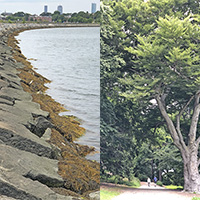
CLIMATE READY
Ways of coastal restructuring to adapt to climate change in domestic and international cities are being explored.
-
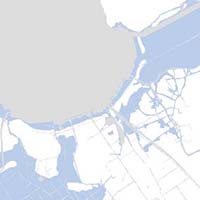
WATER TRACE
Water traces are spatial elements that indicate that water areas have been changed into land areas owing to past developments.
-
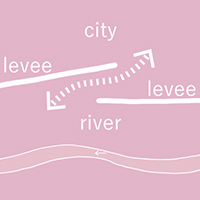
KASUMI LEVEE
The nature of the relationship between the city and the river is explored through Kasumi levee with a gap between two lines of dikes.
-
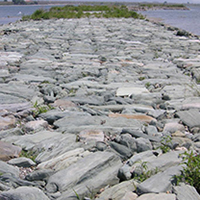
WEIR
Landscape of historical weirs: their water-friendly spaces and the relationships with terrain around
-
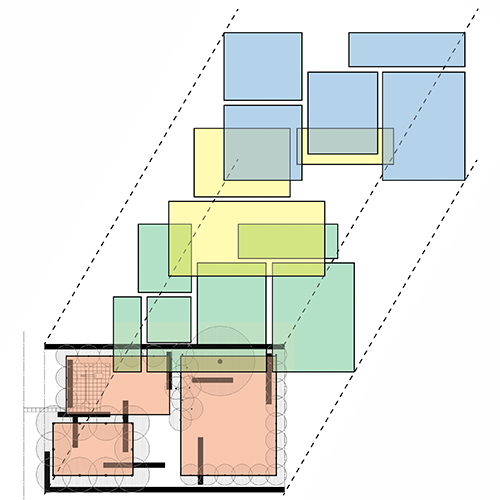
AMBIGUITY OF FORM
Ambiguity, which means several ways of formal interpretation from one space are possible, is to be clarified in forms of modern landscape works.
studio work
-
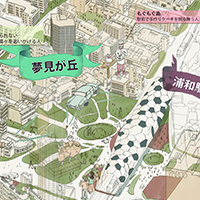
Dream Fulfillment City
Autonomous decentralized Web 3.0 era town planning around everyone's dreams.
-
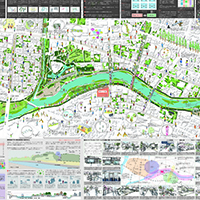
PSO LEAGUE
In 2070, teams working in public spaces will gather around Okazaki Castle.
-
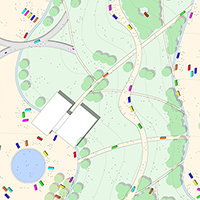
MO-TOWN
A future image of the center district of a new town, terrain city illuminated with trajectories of MaaS.
-
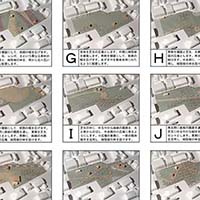
SMALL PARK DRR
A park for evacuation was designed in a dense residential district, based on the lessons from the Kumamoto earthquake.
-
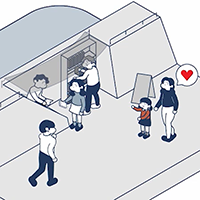
Minato Waterfront
The students imagined the whole district as a coastal space, where everyday, community-based, decentralized uses help restore the relationship between people and water.
-
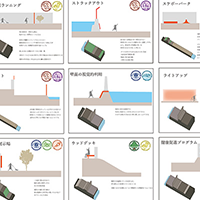
Nishiyodo Waterfront
The students proposed new water-friendly spaces using the embankments that surround the town, targeting Nishiyodogawa Ward, where the proximity to water is a charm.
-

Lake Nishi-no-ko Platform
Proposals and production of contents to convey the attractions of Nishi-no-ko were made for the platform site for those who were involved with.
-
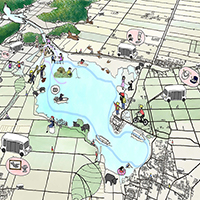
Seven colored paths around the lagoon
Eight projects were proposed for the multiplicity of activities of Nishinoko, which is the largest existing lagoon in Lake Biwa.
-
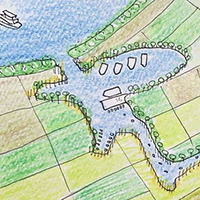
100 suggestions for making the most of traces of water
Utilize them so that they can be preserved and inherited as traces of water.
-
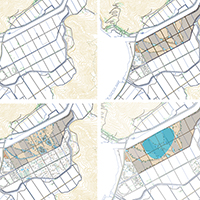
Dream of Lagoon
Scenarios of spatial reorganization were drawn assuming disasters and social changes over the next 30 years.
student work
-
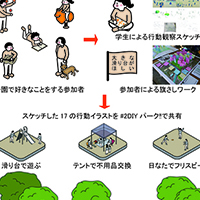
WS of Experience and Empathy
Design workshop tools and programs to maximize the reflection of citizens' ideas in the design of the park.
-
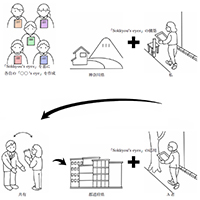
EVOLVING DESIGN METHOD
A system to share the knowledge of repeated spatial experience and improvisational design, and to evolve it as a renewal method that respects spaceability.
-
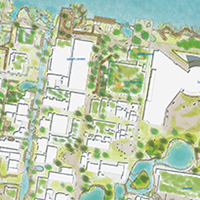
DISSOLVED BOUNDARY
A way of reorganizing the lakeshore of Otsu from lake to mountain as one seamless fabric was proposed as if it were the behavior of a thread.
-
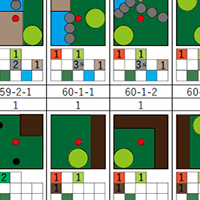
MAPLE INVENTORY
The planar compositions of gardens in Kyoto with maple trees at their centers were collected and made into a bunch of cards.
-
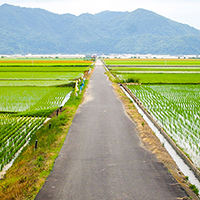
AXIAL VIEWS
We can enjoy the magnificent axial views just like the gardens of Versailles Palace or the Vaux le Vicomte Castle in the lagoon drained land.
-

FAULT GARDEN
The gardens of Kyoto which are located near the faults, related to the formation of the topography, tell us a new way of seeing landscape.
-
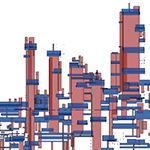
TECHNOSCAPE
Landscape composed of factories has a common aesthetic property with rock arrangement of Japanese garden.
-
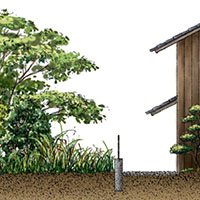
PLANTS IN VACANT LOT
Plants that grow on the lots of vacant houses can be borrowed to enrich neighborhood landscape.
-
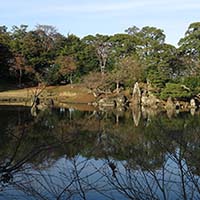
TIME TO VISIT GARDEN
When is the best scenery of the stroll garden? A case study of Genkyu-en
-
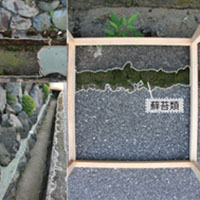
EMERGING FOREST
Moss is the origin of forest. A city returns to a forest for moss on the way.





